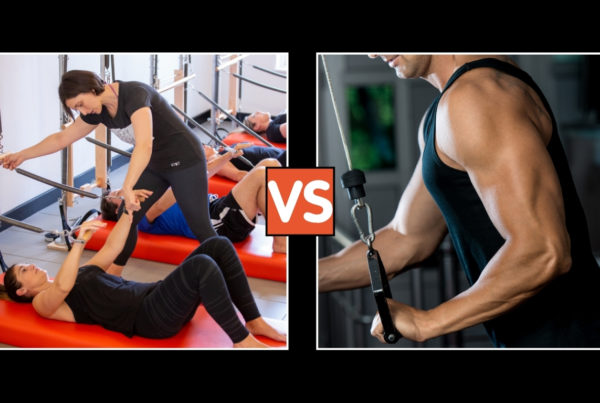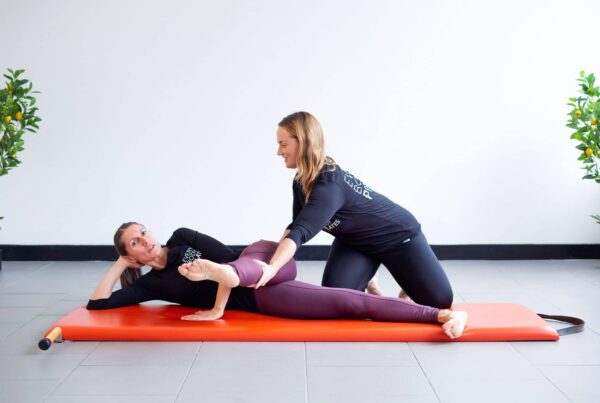Control is one of the foundational principles of classical Pilates, and it’s the thread that weaves together every movement, breath, and intention in the method. Joseph Pilates originally called his system “Contrology,” highlighting that mindful mastery of the body—not momentum—creates true strength and transformation.
In classical Pilates, control means moving with precision, awareness, and purpose. Instead of letting gravity or speed take over, each exercise is performed with deliberate muscle engagement and steady pacing. This mindful approach not only protects the body from injury but also builds deep, balanced strength that radiates from the core outward.
Control also trains the nervous system. When you focus on how your body moves—not just how it looks or feels—your coordination, balance, and concentration improve. This heightened awareness carries into everyday life, helping you move more efficiently, stand taller, and reduce unnecessary tension.
Most importantly, control fosters consistency and progress. By slowing down and refining technique, practitioners develop a strong foundation that unlocks more advanced work over time.
In classical Pilates, control isn’t about restriction—it’s about empowerment. It teaches you to move with intention, connect with your body, and cultivate the kind of strength that is both functional and transformative.

NEWSLETTER SIGN UP
© - Everybody Pilates - Web Design & Development by One2create Ltd



